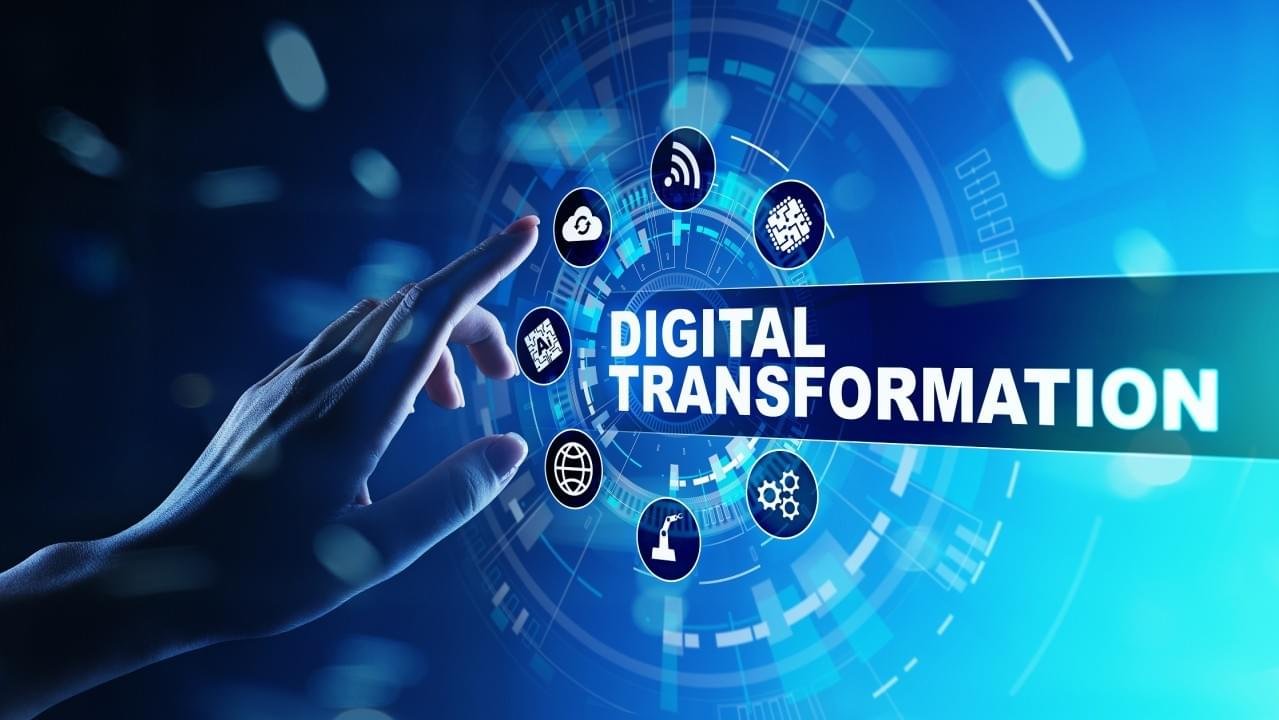Through communication, cooperation, and innovation—all of which are reliant on technology—our global future is developing. The Internet today offers a wide range of chances to not just learn about the world, but also interact with it. It serves as a global marketplace, a global workplace, and a global gathering place.
Yet, experts like Henry Jenkins from MIT have discovered that the “participation gap” is a more realistic way to describe the digital divide in the United States today. The gap between young people who have access to technology, the Internet, and opportunities to participate in rich digital media experiences and those who don’t have these opportunities to access, contribute to, and engage in the global digital media culture is growing.
For educators, a Global and Digital Opportunity
The ability to use technology to perform previously manual tasks, like data or word processing, information retrieval, knowledge presentation, and one-to-one communication, is made possible by digital media literacy in the global era. This includes simple participation in the sophisticated global experiences and networks that our wired world offers.
The promise of a technology-rich approach to education has been the subject of extensive research over the past 10 years. The American Recovery and Reinvestment Act (ARRA), which allocates funding for classroom technology and associated professional development, acknowledges this. Educators may take advantage of this opportunity to combine digital media and technology with global learning for the 21st century in order to truly improve teaching and learning for the global era.
How to Use Digital Technology and Media for Global Learning
Think about implementing these five techniques to help children comprehend the diversity and complexity of our global community while also contributing to it.
1. Worldwide media literacy development
assist students in locating, analyzing, and evaluating worldwide news sources that are accessible in both their native tongues and in English translation. Investigate further to promote understanding of how and why various occasions, individuals, groups, and cultures are portrayed in the global mass media, as well as how this affects intercultural communication. Just a small sample of international headlines following President Obama’s recent visit to Turkey demonstrates how the media frequently shapes how an event is viewed in various nations: “Arabs hail Obama overture to Muslims” (Agence France-Presse), “Good but not enough” (Daily Star, Lebanon), “Turkish leader criticizes Obama” (AP), and “American public did not understand this visit” (Hürriyet, Turkey).
Start now: When conducting research, instruct students to consult a variety of international media sources. As part of their conclusions, instruct them to examine the rationale behind why various sources adopt various perspectives. Make sure to include this in the evaluation criteria.
2. Learn about the perspectives underlying world issues
Increase students’ exposure to viewpoints from different nations through the use of personal digital content like podcasts, videos, blog postings, and comment boards as well as a variety of collaborative technological tools.
In order to create a greater awareness of the range of Islamic voices within the heterogeneous communities of Asia, Asia Society has launched a project called Creative Voices of Islam. High school students in the U.S. and Indonesia began this year to produce digital audio slideshows about the history, customs, and traditions of respective communities, which they then exchange and discuss on the website of the Asia Society. Students produce collaborative productions and screen the media projects in their communities using the new insights they learned from internet exchange.
Start now: Search the Internet for “citizen journalist” writers. They frequently provide commentary or breaking news regarding current global issues. Encourage your pupils to assess how these opinions differ from media reporting and/or how they are similar, as well as the significance of individual voices in a global conversation. Let students express their own thoughts through a variety of youth-to-youth international websites, including TakingITGlobal and Youth Media Exchange.
3. Use world knowledge networks
Through international networks where information is gathered and analyzed, assist students in realizing the power of “collective intelligence.” By participating in these networks, students can gain cross-cultural awareness while solving global concerns, combining knowledge from other cultures, and working in international teams to ethically add to and create new knowledge.
Numerous online scientific collaborations are setting the standard. Many scientific collaborations carried out online are raising the bar. Youth, educators, community members, and scientists all take part in the GLOBE program (Global Learning and Observations to Benefit the Environment), which is run by NASA and the National Science Foundation in 110 countries. It encourages data collection and international data sharing about important environmental issues.
Start now: Make contact with groups that let students collaborate on initiatives and issues around the world. Try SEED ePALs, iEARN, or GLOBE in addition to GLOBE. They provide entertaining programs for students as well as pedagogical assistance for teachers.
4. Internet publication to reach a worldwide audience
These days, students should use technology to not only share their research and ideas within the confines of the classroom or school, but also to share their learning with a global audience through websites and online publishing platforms.
The student publication International Insider from the College of Staten Island High School for International Studies (CSI) in New York City is one illustration. Students from CSI communicate regularly with student reporters in other nations, including Bahrain, Belarus, Egypt, Poland, and Syria, using a free blogging tool, to cover themes ranging from global warming to the violence in Iraq. Through the PEARL World Youth News Service, a collaboration between iEARN and the Daniel Pearl Foundation that serves as an international wire service for publishing youth-produced news articles online and in student newspapers worldwide, they have also contributed to student newspapers all over the world.
Start now: Starting a free blog with Blogger, WordPress, or another similar platform is as simple as publishing. Take into account the Oracle Foundation’s ThinkQuest competition for students for a more organized—and sophisticated—option. Integrated global teams address global issues and disseminate research and suggestions for improvement.
5. Make use of virtual simulation’s power
to comprehend the complexity of the world and develop solutions. Students can test out global theories while immersing themselves in the target topic by using virtual reality, games, and modeling tools that imitate real-world experiences through technology.
A New York City after-school program called Global Kids has included game creation into their online leadership curriculum for teenagers. A group of high school students developed “Ayiti: The Cost of Life,” a game in which players take on the virtual responsibility of a fictional family in Haiti and make decisions regarding when to send children to school versus work and how to allocate limited resources. The game was developed in collaboration with Global Kids staff and a game design company.
Start now: With Games for Change, a company that promotes online games for social change, you can find Ayiti and other “serious games” on international concerns.
There are multiple ways to include global knowledge and abilities in any of these instances. Start exploring how these might integrate into your digital media efforts.




